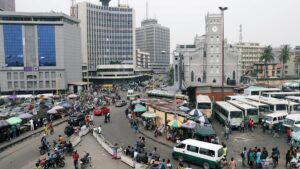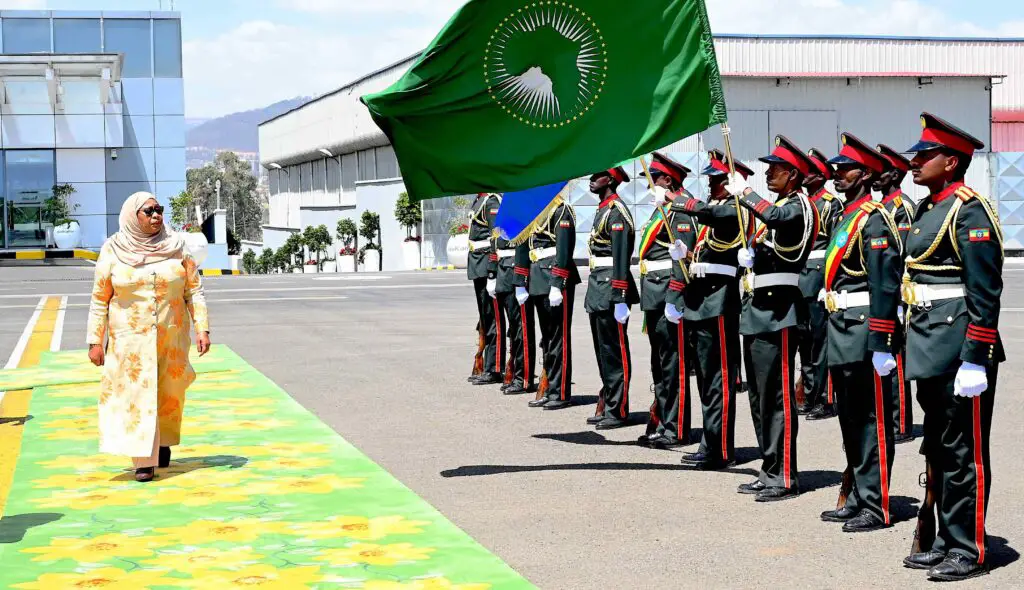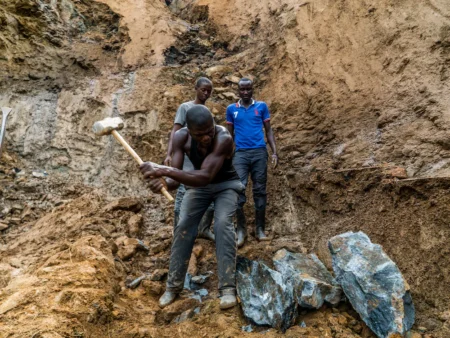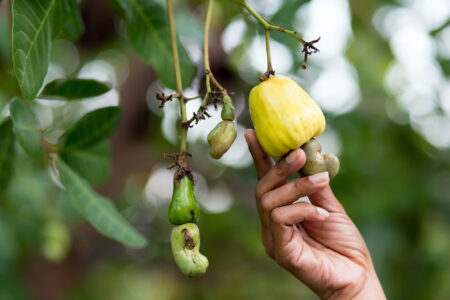- The move makes Tanzania among the first seven African countries to start making the best of the single African market.
- Tanzania plans to export no less than 10 different products under the AfCFTA deal starting with coffee and marble.
- The AfCFTA Secretary General is confident that the deal will result in higher paying jobs and also sees the deal favouring women who are expected to get the larger portion of wage gains.
The African Continental Free Trade Area (AfCFTA) is at the centre of discussion again as African Heads of State and Government meet in Addis Ababa, Ethiopia for two days to iron out the complexities of the Africa-wide trade zone.
The focus of the summit is on the intra-Africa trade going by the theme; The Year of AfCFTA: ‘Acceleration of the African Continental Free Trade Area Implementation.’
At the 36th ordinary Session of the AU Assembly, President Samia Suluhu Hassan confirmed that Tanzania submitted its instruments of ratification of the AfCFTA agreement to the African Union Commission (AUC).
The move makes Tanzania among the first seven African countries to start making the best of the single African market. By so doing, Tanzania has given its traders access to a market of over 1.3 billion people.
Subsequently, the country has announced that coffee will be its first product to enter the AfCFTA market as early as July this year. Tanzania also plans to export marble to its neighbours under the AfCFTA deal.
In his comment on Tanzania’s access to the free movement of goods, services, and people across the continent, the country’s Minister for Investment, Industry, and Trade, Dr. Ashatu Kijaji, told a panel of the Confederation of Tanzania Industries (CTI), that its traders are ready to utilize the continent-wide market.
Also Read: The EAC should integrate to benefit from AfCFTA
“We already have the first product that we will export first and that is coffee and we will not send it in raw form, we will send the finished product,” the minister informed the CTI panel.
According to the minister, Tanzania plans to export no less than 10 different products under the AfCFTA deal starting with coffee and marble.
The minister was confident that, “…we are ready to enter this market with ten types of products from July 1st, this year. We continue to enlighten our producers on what is needed and things to consider in the market. (https://compassionprisonproject.org/) ”
Overall, the African Continental Free Trade Area (AfCFTA) is expected to create jobs, boost economic growth, and reduce poverty across the continent.
Creating a 1.3 billion market
The AfCFTA brings together Africa’s 54 countries and represents a combined GDP of US$3.4 trillion. The pact effectively eliminates tariffs and trade barriers for up to 90 percent of goods that will be traded.
According to the World Bank, the AfCFTA “…could raise income by 7 percent, or $450 billion, by 2035, reducing the number of people living in extreme poverty by 40 million.”
In the report titled ‘Making the Most of the African Continental Free Trade Area: Leveraging Trade and Foreign Direct Investment to Boost Growth and Poverty Reduction,’ the World Bank also predicts additional benefits to be accrued from the resulting increase in foreign direct investment (FDI). As a result of the increased FDI, African countries can also expect increased capital flow and a flow of technology exchange.
This exchange will also bring about an influx of skills which will improve the workforce’s capacity to compete in the global market. Should all go to plan, the AfCFTA will improve the continent’s standards of living and the general well-being of its people.
“…real income would rise further, to about 8 percent in 2035, and the number of people living in extreme poverty would decrease even further,” reads the World Bank report.
The World Bank report also calls for deeper integration and harmonizing of policies, particularly those covering investment, competition, and intellectual property rights.
Policy alignment will help create fair trade and build a strong base for efficient markets. By effectively reducing the risks of change in regulations and policies among the countries, the AfCFTA will build stronger investor confidence and thus attract even more FDI.
Also Read: AfCFTA crucial for Africa’s economic recovery and growth
Other than policy alignment, the World Bank advises leaders of the AfCFTA to invest in awareness campaigns that will help increase public understanding of the agreement and that way help traders to better utilize its provisions.
“The AfCFTA sends a strong signal to the international investor community that Africa is open for business, based on a single rule book for trade and investment,” comments Secretary General, AfCFTA Secretariat Wamkele Mene.
The AfCFTA Secretary General is confident that the deal will result in higher paying jobs and also sees the deal favouring women who are expected to get the larger portion of wage gains.
Overall, “…wages would rise by 11.2 percent for women and 9.8 percent for men by 2035,” predicts the Secretary General.
Expanding financial inclusion
Notably, last year at the AfCFTA Conference on Women and Youth in Trade, Dr. Monique Nsanzabaganwa, the Deputy Chairperson of the African Union Commission pointed out that; “It is critical to foster an inclusive and sustainable socio-economic development agenda that is anchored on the people who are to benefit from such development.”
Also Read: Leaving no one behind: The ideal of the AfCFTA
In this respect, financial inclusion is critical and is very closely linked to trade. This fact makes the AfCFTA a crucial element in increasing financial inclusion for women.
As the deputy chairperson noted, “…indeed, for women and youth to access funds to grow and scale up their businesses, they must operate within the formal financial system.”
It is with this fact in mind that the declaration for ‘African Union Decade on Women’s Financial and Economic Inclusion 2020-2030’ was formed creating the Women and Youth Financial and Economic Inclusion (WYFEI 2030) initiative that is designed to help women and youth to make the most of the AfCFTA.
Thanks to this ambitious initiative, a whopping US$100 billion in financing will be collected to support some 10 million African women and youth entrepreneurs by the end of 2030.
With this funding, the WYFEI 2030 initiative is envisioned to increase the representation of women and youth in the AU and to benefit from the AfCFTA.
The goal here is not only for inclusion but to also increase women and youth representation in the leadership positions of the AU. The goal is to have a representation of 50% for women and 35% for youth in the AU leadership positions.
The African Continental Free Trade Area (AfCFTA), is the keystone of achieving Africa’s Agenda 2063. However, the AfCFTA is not only designed to increase intra-Africa trade flows, through this pact, but Africa also hopes to increase continent-wide integration of its people.
With increased movement of people across borderlines, then Africa will achieve its goal of forming a more integrated union that has equal representation of women and increased participation of youth.











